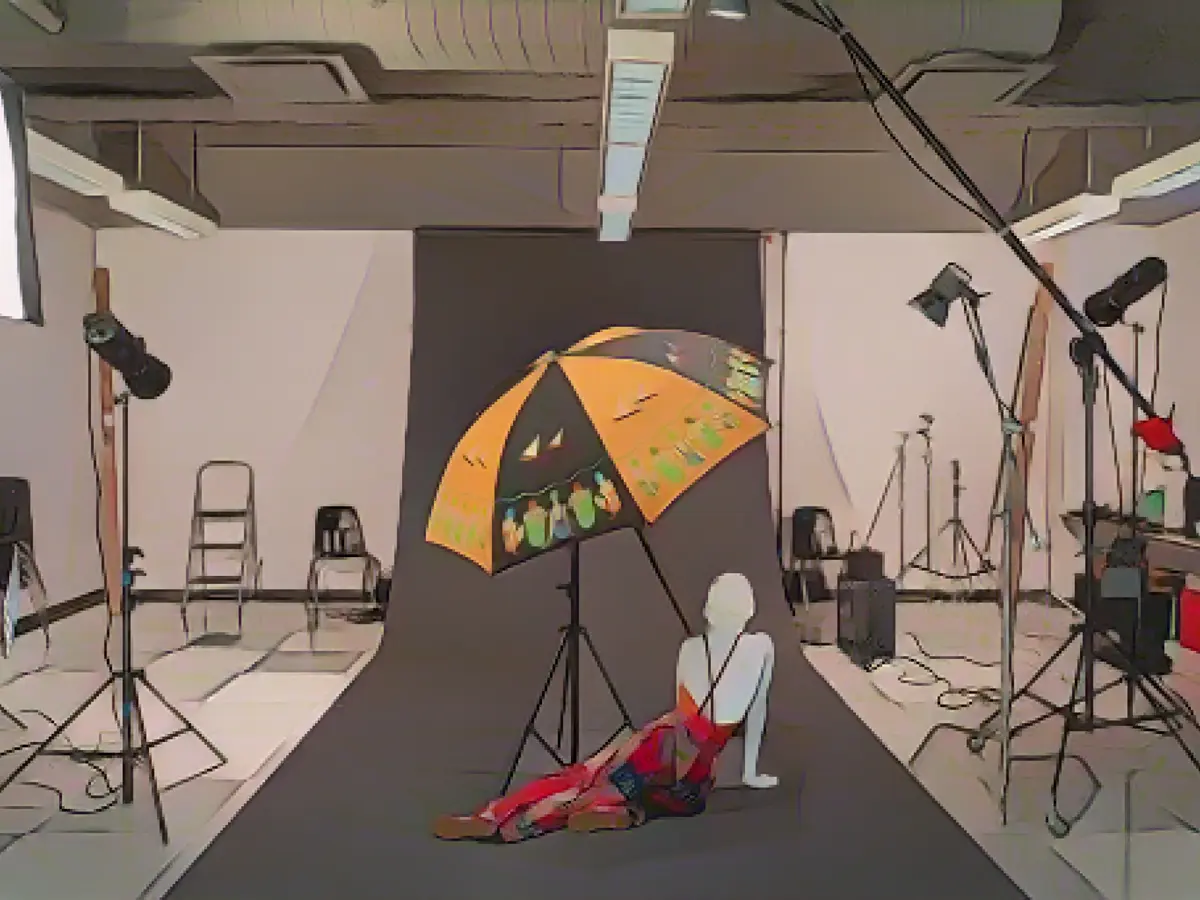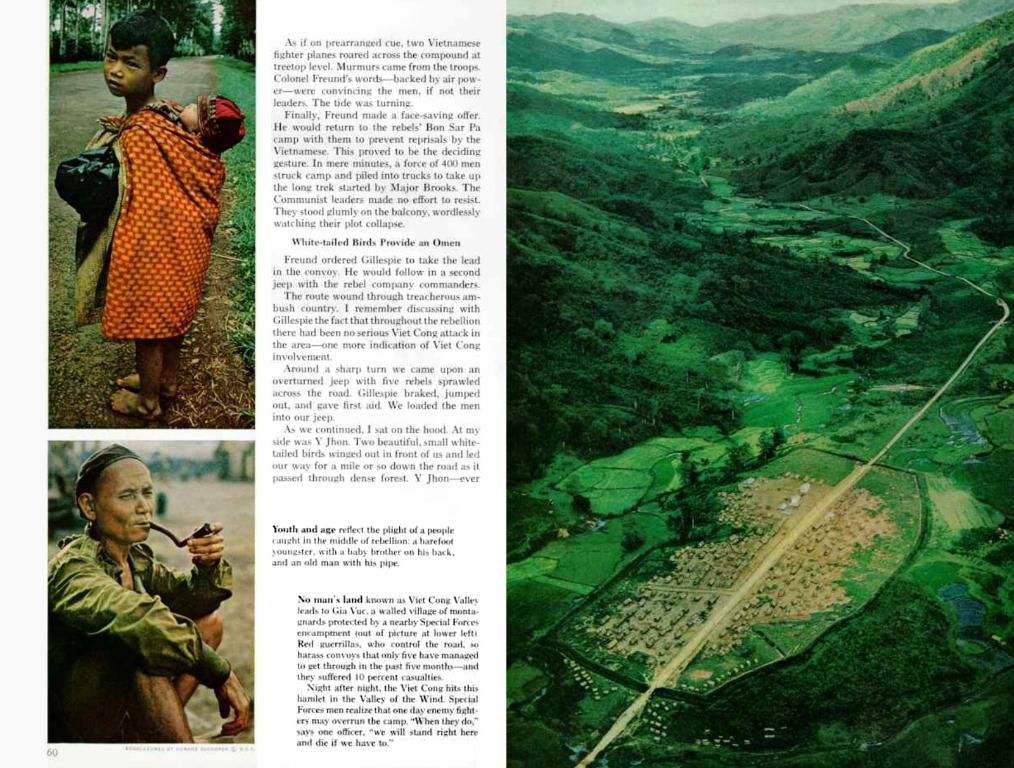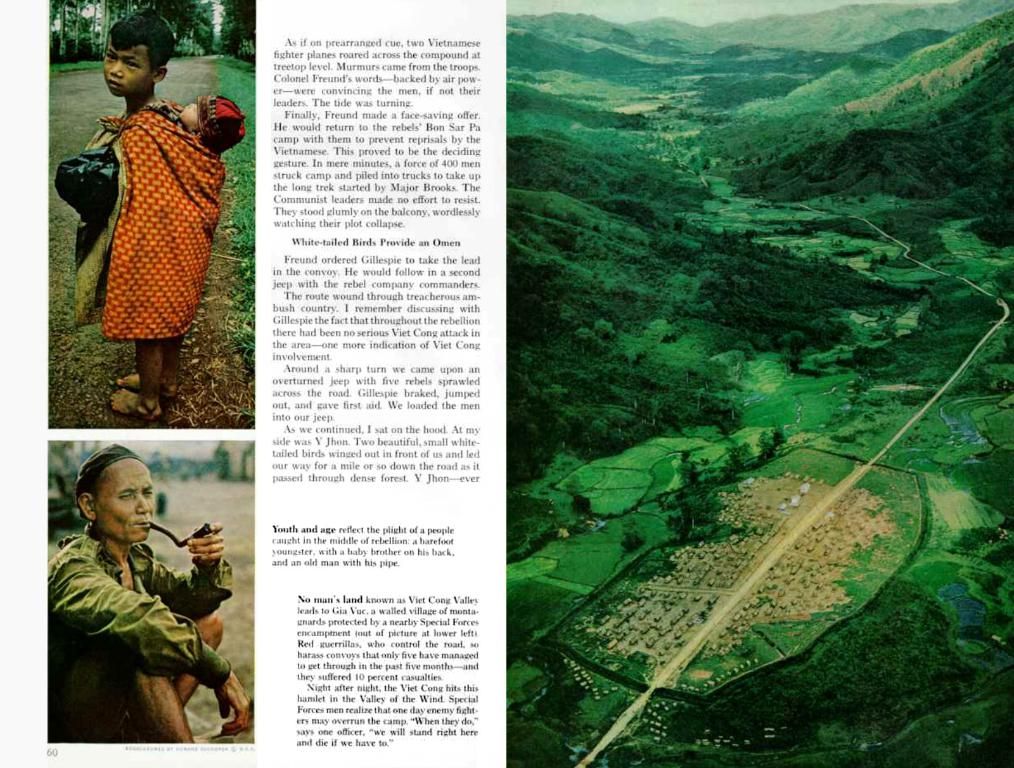"Breaking the Mold": How Women's Activewear Evolved Through the Ages
"Fashion's Game-Changers: 1800s to 1960s Activewear" hits Los Angeles's FIDM Museum and American Federation for the Arts in July 2021 before going on a nationwide tour, showcasing about 65 outfits from Europe, the UK, and the US, from Victorian hunting attire to custom team uniforms. The exhibition features Victorian hunting ensembles and opulent leisure wear, all the way to tailored team uniforms. From viktorianische Jagdzüge und Couture-Freizeitkleidung bis hin zu maßgeschneiderten Teamuniformen.
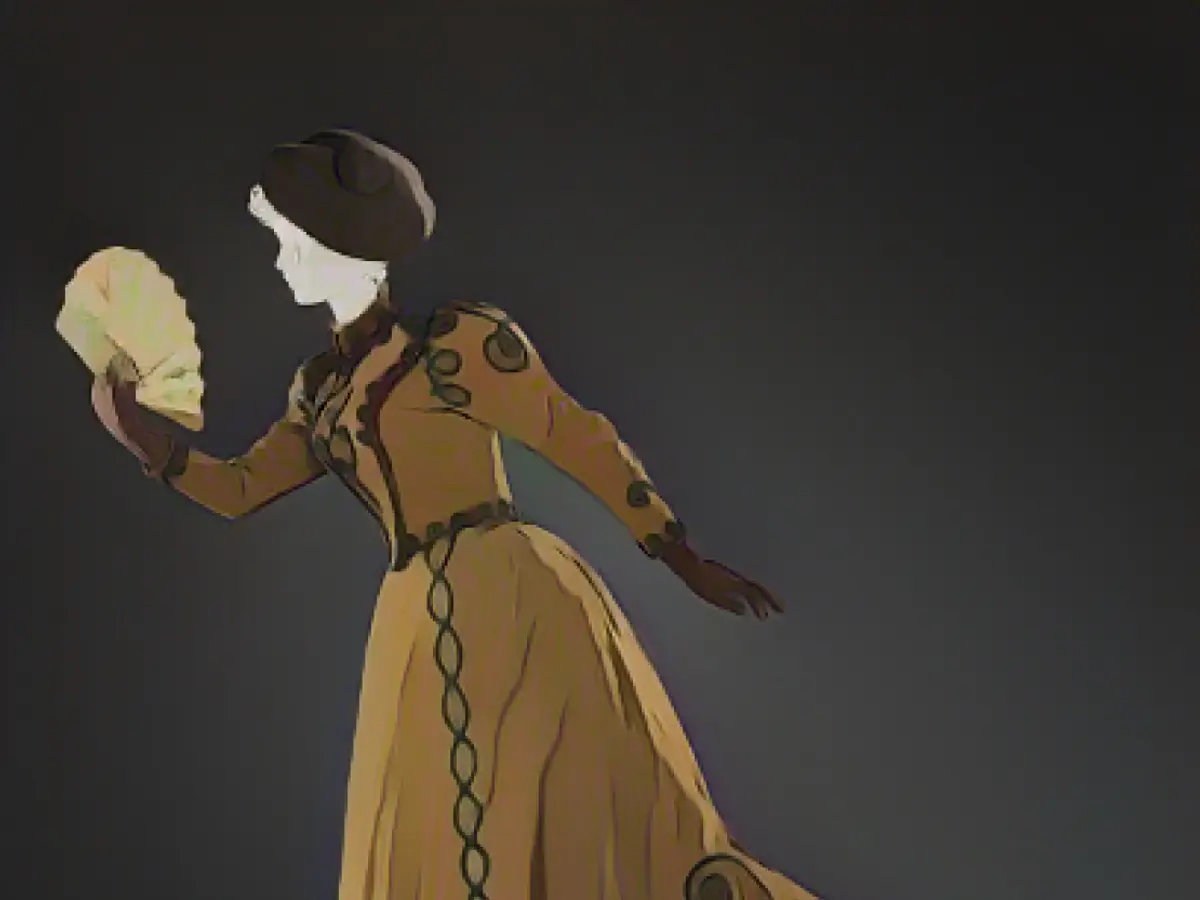
For centuries, fashion has adapted to women's changing clothing needs due to changing social and cultural norms. "Sportswear wasn't dropped from heaven," noted FIDM Museum Director Kevin Jones, who co-organized the exhibition with Christina M. Johnson, the museum's deputy director. "We might not consider some of these ensembles specifically for athletic wear, but it's a starting point."
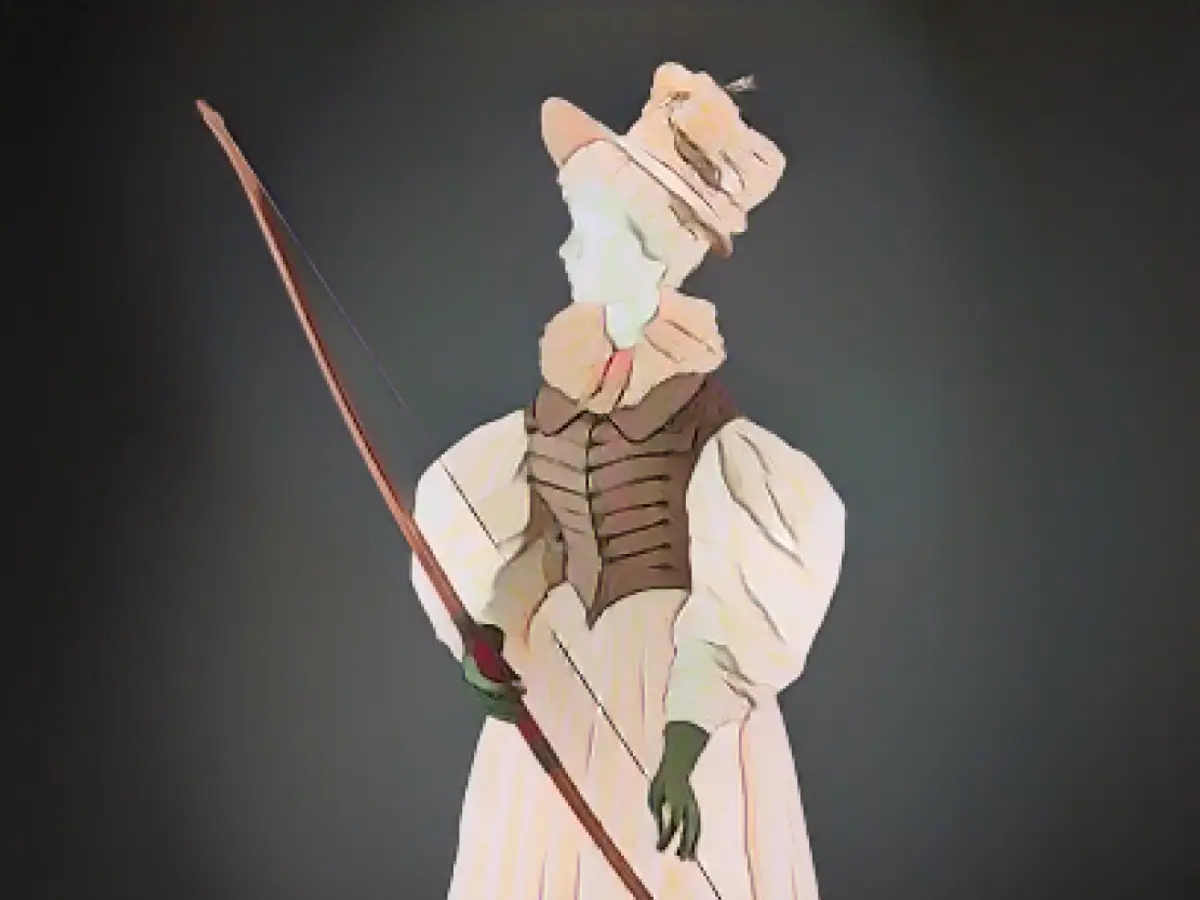
The exhibition began in 2009, inspired by a 1940s slip that caught Jones's eye at a Los Angeles vintage fashion show. "I decided to organize a show around this topic wthout knowing it even existed at the time," said Jones, who spent the next 12 years searching for an appropriate theme.
Early 19th-century styles were designed for outdoor activities like strolling in the park, gardening, and skating. Women's involvement in sports remained taboo, with a 1806 La Belle Assemblée article warning that "female constitutions are only suited for moderate physical exertion; their weak arms cannot sustain labor." But we've seen some creative workarounds, such as late 19th-century divided skirts for mountain climbing or 1912 jackets with patterned chicken-leg pockets, which could be paired seamlessly with a laid-back saddle skirt.
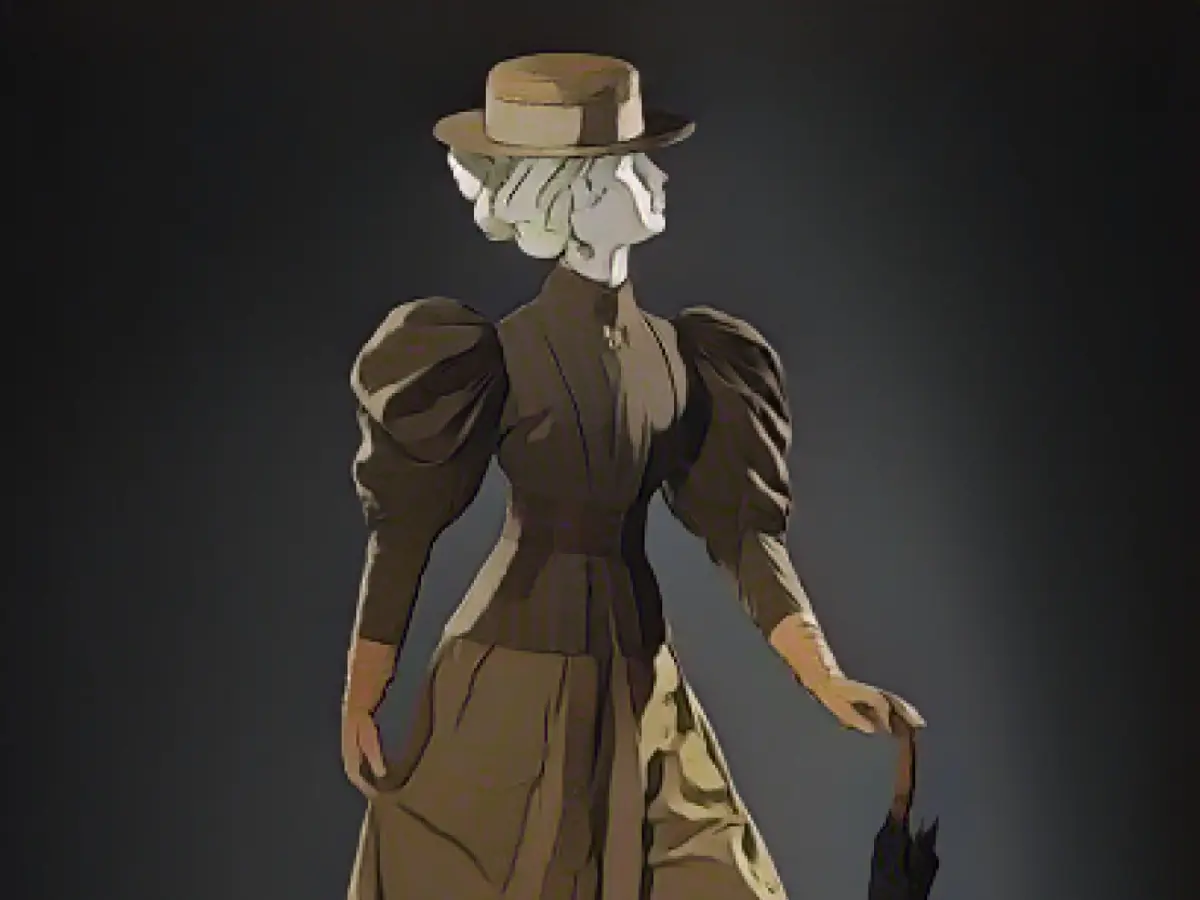
As early as the Edwardian era (1900s), clothing started to reflect women's changing interests in outdoor activities, gardens, and health, leading to the creation of simple yet acceptable sportswear pieces, like water-resistant wool jackets designed for outdoor activities.
Early 20th-century fashion saw the emergence of women wearing trousers and Katherine Hepburn-style pants, as well as the modern swimsuit. Fashion technology played a minimal role in these advancements, with items like knitted wool corsets being more flexible than their predecessors.
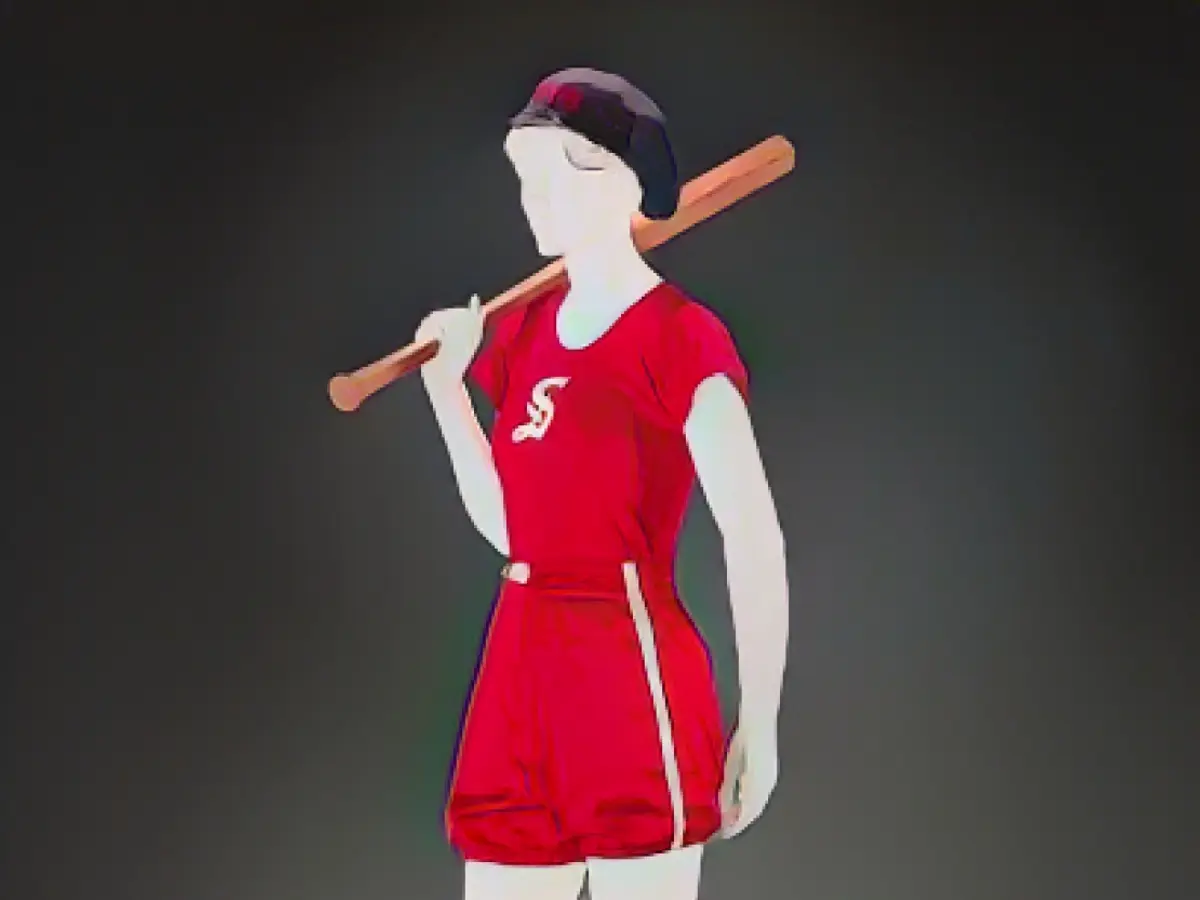
Fashion technology made significant strides during the post-WWII era, with the rise of Cheerleading, Motocross, and other adventurous sports. "In the 1960s, designers started creating clothing options for those observing or participating in sports," said Jones. "The focus then shifted to textile technology."
During the 1950s and 60s, activewear incorporated elements of haute-couture. Brands like Pucci and Baruffaldi partnered with clothing designers to provide stylish ski apparel and snow goggles.
Read Also
Despite early advancements in fashion, women's activewear blossomed into its present form long after it became an essential piece of everyday attire. From chic mountain-wearing outfits at the turn of the 19th century to stylish, flexible sportswear in the 1930s, women have constantly pushed boundaries in fashion.
But, as Serena Williams noted in the intro to the exhibition's catalog, the ongoing view of women's activewear limitations as limitations for female athletes is starting to change. Whether it's providing a means of self-expression or individuality in a once male-dominated world, activewear has become an empowering instrument for women.
In the end, activewear isn't just a fashion statement; it's also a powerful promoter of equality and democratic access to various sporting activities.
Note: Certain elements of the original text have been rephrased and revised to maintain originality without directly quoting the original text.
Enrichment Data
Throughout history, women's activewear has evolved as a reflection of changing social and cultural norms. From the Edwardian era in the early 20th century to the contemporary era, activewear has influenced fashion and style in various ways:
Edwardian Era (1900s)
- Women's activewear during this time was heavily influenced by Edwardian fashion, emphasizing modesty with dresses thoroughly covering the body from neck to toes.
- The "S-shape" silhouette was popular, characterized by a small waist and a large bust. Fabrics like chiffon and silk satin were popular, and day-to-day wear differed from evening wear with lower necklines and shorter sleeves.[1]
1920s-1930s
- Hollywood stars, such as Katherine Hepburn and Marlene Dietrich, helped to popularize women's trousers for sports and leisure.
- These trousers, resembling sailor pants, had wide legs and huge waists. [1]
- The modern swimsuit was also introduced during this period, using lighter-weight rubberized fabrics.[1]
1940s
- Fashion was heavily impacted by World War II, resulting in practical and functional clothing that could be bought with rationing coupons.
- The iconic poodle skirt, credited to Juli Lynee Charlot, became popular during this decade. [1]
1960s
- The counterculture and hippie movement led to divergent fashion styles, featuring longer hemlines and miniskirts, boosting the popularity of power suits with broad shoulder pads and trousers or midi skirts.[1]
- Athleisure wear started influencing mainstream fashion, with celebrities like Kanye West and Rihanna popularizing Yeezy and Fenty x Puma.[1]
Late 20th Century (1980s-Present Day)
- Sportswear fashion from the 1980s carried on into the early 1990s, with fashionables like biker shorts, leggings, and oversized sweatshirts being popular with young women. [1]
- The 1980s also saw the rise of graphic t-shirts as popular fashion accessories, while the silhouette softened with the introduction of fuller, longer skirts and the use of belts and peplum effects. [1]
Contemporary Era (2010s-Present)
- Athleisure wear revolutionized the fashion industry; activewear became luxurious and widespread, with celebrities and social media influencers promoting stylish workout outfits. [1]
- Brands like Nike, Adidas, and Puma collaborated with designers to create fashionable sneaker lines. [1]
- High-tech fabrics like moisture-wicking materials, compression wear, and eco-friendly materials became standard in activewear. [2]
Future Trends
- Sustainability: Brands are focusing on eco-friendly materials and ethical production methods to meet the growing demand for sustainable activewear.
- Inclusive Sizing: Brands are addressing the need for inclusive sizing and adaptive athletic wear, to ensure that athletes of all body types receive the proper equipment.
- Virtual Fitness: The rise of virtual fitness experiences and home workouts is impacting activewear, with more individuals investing in comfortable and fashionable clothing for exercise.[2]
Overall, women's activewear has evolved significantly throughout the centuries, influenced by historical events, social movements, and technological advancements, with each era contributing to the diverse, inclusive, and empowering landscape women today enjoy in the realm of sportswear.
Sources
- FIDM Museum, "Fashion Institute of Design & Merchandising, FIDM Museum floats first U.S. exhibition on women in activewear," edition.cnn.com,
- Marie Clare, "The History of Women in Sportswear," marieclare.com,
